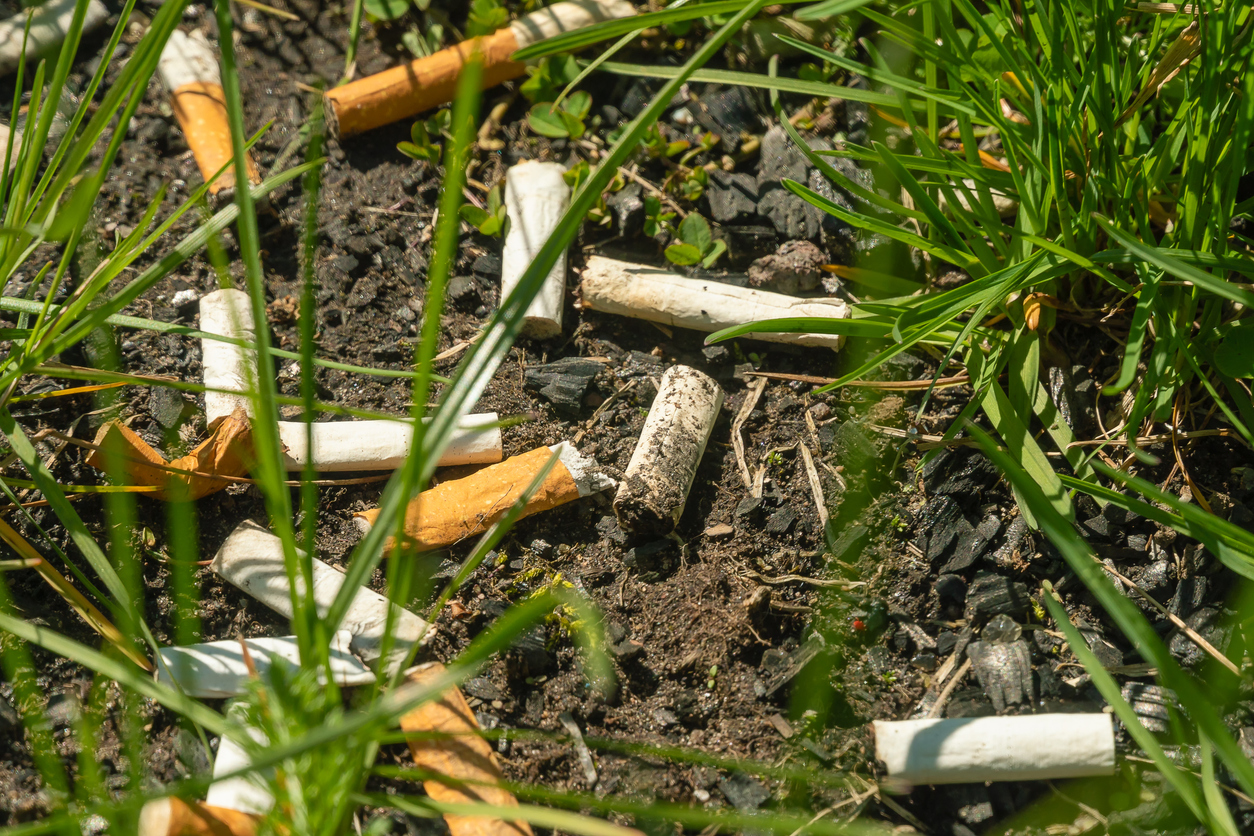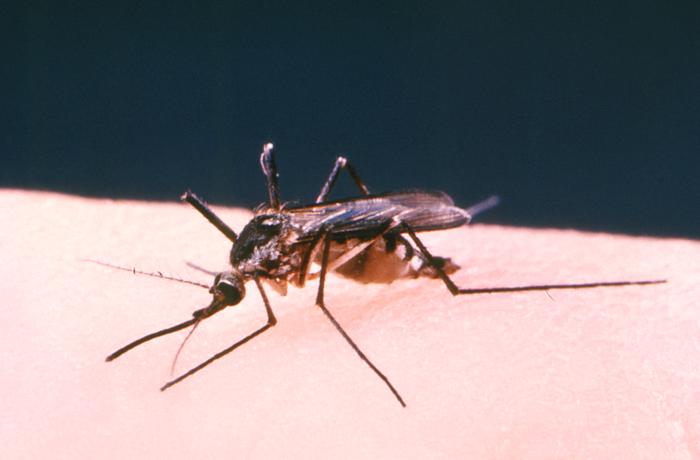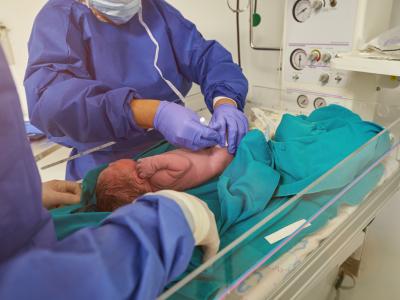
A new study suggests cigarette butts are an "overlooked yet potent" source of antibiotic resistance genes (ARGs), Chinese researchers reported today in the Proceedings of the National Academy of Sciences.
For the study, scientists from the Chinese Academy of Sciences collected cigarette butts, plant litter, and soil from 105 urban green spaces and 35 cities across China and analyzed them for the presence of ARGs and bacterial pathogens using shotgun metagenomic sequencing. They were interested in studying cigarette butts because they come into direct contact with the opportunistic and pathogenic bacteria within the smoker's oral cavity, are ubiquitous in the environment, and contain substances that can leach into the environment.
"Urban greenspaces are key recreational areas for picnicking, exercise, and children's activities, yet they are frequently contaminated with discarded cigarette butts," the study authors wrote. "We hypothesize that cigarette butts create a favorable niche for the proliferation and persistence of ARGs and potential pathogens due to their unique combination of human-derived microbiota and chemical contaminants."
Human-associated waste as a source of ARGs
In total, 1,356 ARG subtypes spanning 29 antibiotic-resistance classes were identified, with 1,209 occurring in cigarette butts. The abundance of ARGs in cigarette butts was 1.24-fold higher than in plant litter and 1.48-fold higher than in soil, and also exceeded ARG levels found on other artificial surfaces, such as buildings. The researchers detected 95 potential pathogens in cigarette butts, which was twice as many as they found in plant litter and three times as many as in soil. Clinically relevant, ARG-enriched pathogens in cigarette butts included Enterobacter, Escherichia coli, and Pseudomonas.
Further analysis found that socioeconomic factors, including lower Gross Domestic Product, poorer education, larger smoking populations, and inadequate waste management were strongly linked to elevated health risks from ARGs and potential pathogens in cigarette butts.
"Together, our findings underscore the need to recognize human-associated waste as a vector of ARGs and to integrate cigarette waste into urban health management within the One Health framework," the authors concluded.
















